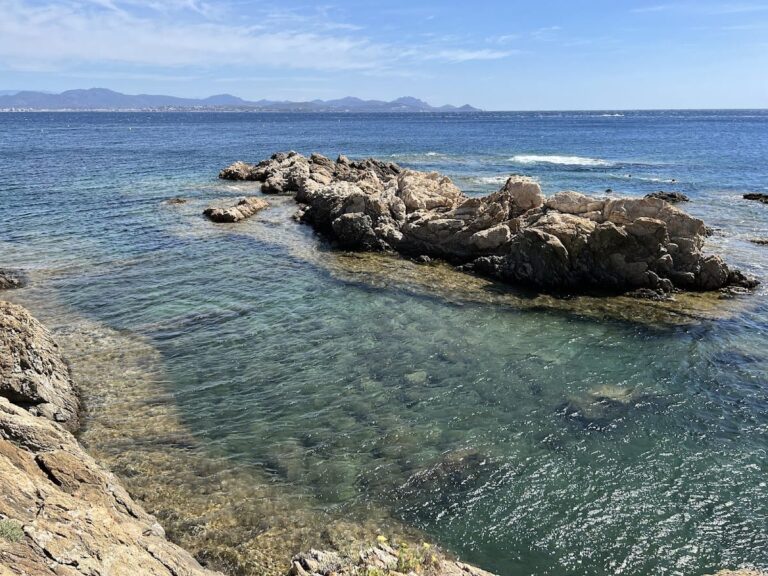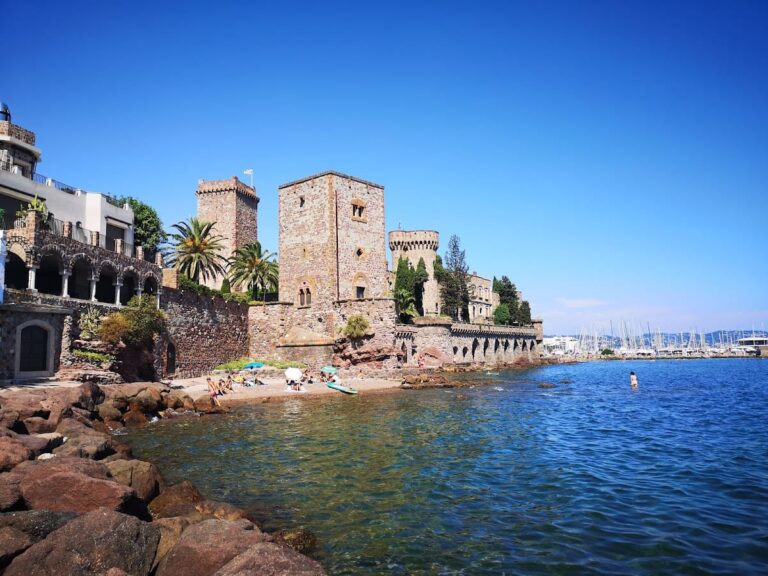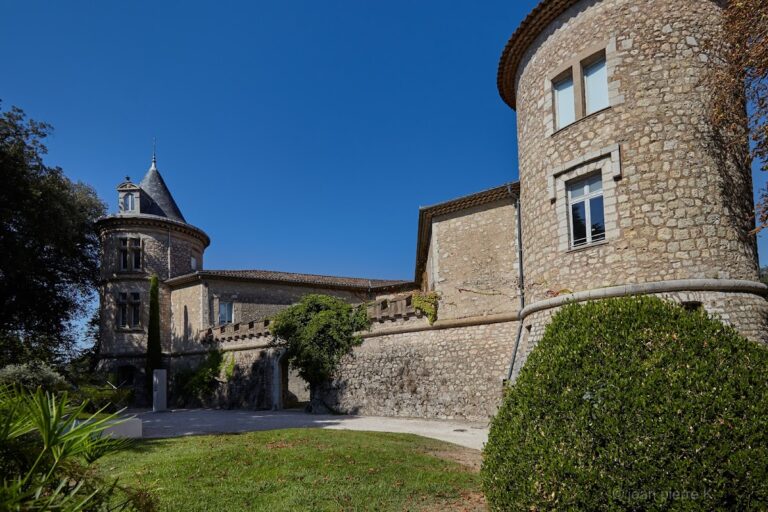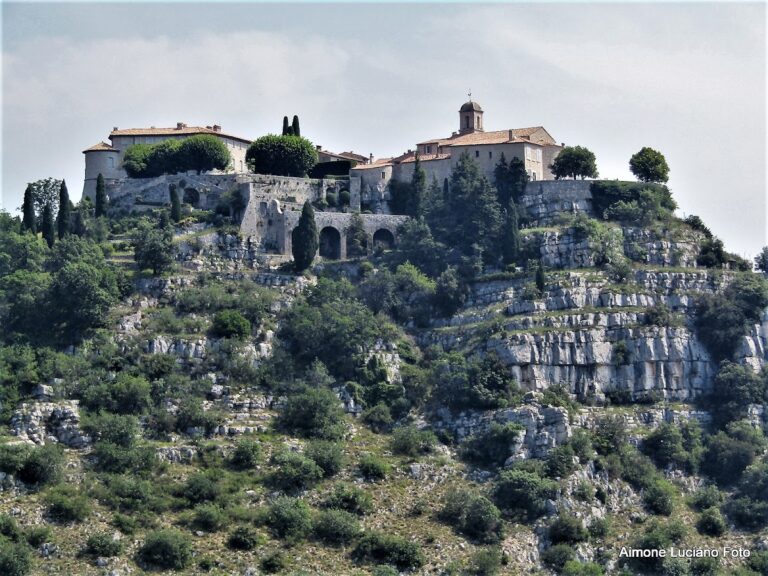Roman Theatre of Fréjus: An Ancient Performance Venue in France
Visitor Information
Popularity: Very Low
Google Maps: View on Google Maps
Country: France
Civilization: Roman
Remains: Entertainment
History
The Roman Theatre of Fréjus is located in the town of Fréjus, in modern-day France. It was built by the Romans during the early years of the city known as Forum Iulii, a Roman settlement established in the region.
Originally, the theatre was constructed from wood on a hillside slope, serving as a temporary venue for performances. Between 15 and 20 AD, during a period of significant urban development in Forum Iulii, the wooden structure was replaced with a more permanent stone building. This reconstruction marked the theatre as the first enduring performance space in the city, reflecting the growing importance of public entertainment in Roman urban life.
In its early use, the theatre was closely connected to religious ceremonies, hosting events that blended ritual with performance. Over time, its role shifted toward secular theatrical presentations, including tragedies inspired by the works of Virgil and Seneca, comedies by Plautus and Terence, as well as mimes and pantomimes performed during official festivals. These performances followed strict rules regarding the text, staging, and acting, with only men allowed to appear on stage, while women were excluded from performing.
Seating arrangements within the theatre were carefully organized to reflect the social hierarchy of Roman society, as decreed by Emperor Augustus. The audience was divided into sections separating soldiers from civilians, married men from single men, and placing women in the upper tiers. Distinguished individuals were given places of honor, emphasizing the social order even within the entertainment setting.
After centuries of disuse, the theatre was excavated and cleared between 1919 and 1929 under the direction of architect Jules Formigé. These efforts uncovered the foundations and structural remains, enabling a clearer understanding of the theatre’s original scale and design. Since 1997, the site has been revived for cultural events, with modern seating added in 2001 to accommodate contemporary audiences. It now hosts the annual Nuits Auréliennes theatre festival, which combines modern drama with the historic atmosphere of the ancient venue.
Remains
The Roman Theatre of Fréjus follows a semi-circular design typical of Roman theatres, intended to provide excellent sightlines for spectators. This layout contrasts with Greek theatres, which often had a more open, circular form. The theatre’s façade once stretched 83.80 meters in length and was richly decorated with statues and columns, creating both a striking visual backdrop and enhancing acoustics for performances.
The stage area, known as the proscaenium, no longer stands above ground, but its foundations remain visible. Nearby, the ruins and foundations of towers called basilicae can still be seen; these structures served as private boxes for important spectators, offering a more exclusive viewing experience.
The seating section, or cavea, was divided into three parts to separate different social groups, in line with Roman customs. Although much of the cavea has been destroyed over time, some radiating walls that supported vaulted passages survive, along with a paved corridor that provided access to the upper seating levels.
Construction materials include Esterel sandstone, a local stone, which was carefully assembled using lime mortar. The builders incorporated channels cut into the stone to manage rainwater drainage, demonstrating attention to durability and comfort. In recent years, modern iron and stone elements have been integrated with the ancient remains to support current performances and accommodate audiences, blending contemporary needs with the historic fabric of the site.





